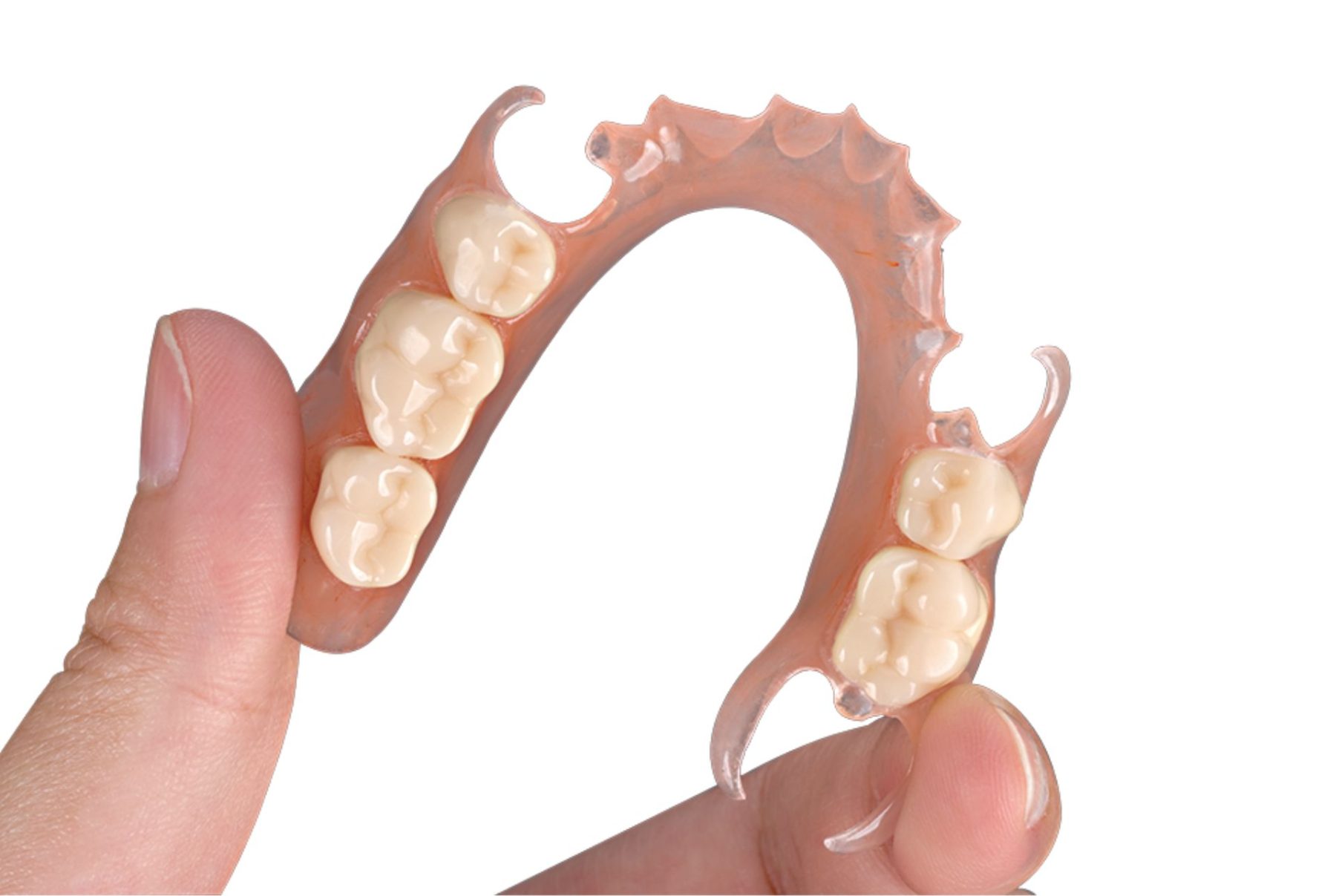Success with Removable Partial Denture

What makes a quality Removable Partial Denture?
Removable partial dentures (RPDs) are widely used in clinical practice. Despite the growing popularity and acceptance of other treatment options such as fixed partial dentures and implants, removable partial dentures still enjoy significant advantages as the more cost effective and less invasive option.
A well-made RPD encompasses many elements. Besides the time and expertise of capable technicians, the high quality of a RPD demands meticulous planning, strong framework design and cast, superior materials and top-notch acrylic work, etc.
Things to consider for RPD Fabrication
Southern Cross Dental follows stringent processes that take into account the aesthetics, fit and occlusion specific to each individual case. This is true whether for immediate, provisional or long-term prostheses.
There are no short cuts to achieving an excellent outcome for your RPDs. To better illustrate the point, here is a laundry list of items that need to be factored into the fabrication process:
Replacement teeth:
Do they tick all the boxes for aesthetics, form and function?
Supporting elements:
To ensure stability and reduce the potential for movement. Rest seats must be prepared or added to ensure the occlusal forces placed on the RPDs are transferred favourably to the supporting teeth.
Connecting elements:
These may be major connectors, which link up saddles or minor connectors that join rests or direct retainers to the major connector.
Retaining elements:
These are direct retainers and may be clasps, precision retainers or guiding planes.
Anti-rotational components:
Often referred to as indirect retainers, they function as supporting elements for the framework.
Reciprocation:
This is the bracing to lateral forces on a tooth when the clasp deflects as it is moved out of an undercut on a tooth.
Denture base material and flange:
Flange design is an understated component in the success of removable partial dentures. It influences how the denture serves its aesthetic function without compromising the health of the remaining supporting tissues.
Hygiene considerations of the finished denture.
Precision attachments avoid the need for unsightly clasps and can act as a stress breaker.
Overdenture abutments are useful for support and retention, especially for root-filled, heavily restored or broken teeth.
Tips on preparing for RPD success
An appropriately planned and executed tooth preparation is essential for the long-term success of RPDs. For many dental restorations, a sound tooth preparation and a well-fitting prosthesis go hand in hand.
Prosthetic mouth preparation includes preparing rest seats and guide planes. Tooth preparations for cast restorations must consider the occlusion and space needs for planned guide surfaces, rests, undercuts and precision attachments.
If stock trays are being used for primary impressions, they must mirror the width, depth and length of the arch being replicated. The tray selected must have enough length and width. If the depth is insufficient, customising a metal tray with an intermediate material (compound) is favoured.
Once the tray has been stabilised, either use alginate ( ALGINOT
is alginate alternative that does not require immediate pour) and pour immediately or take a PVS impression and send to your lab. The opposing arch should be recorded to facilitate easy duplication of dental anatomy and occlusion. An intermaxillary record may be needed to enable articulation of the casts.
In the case of cobalt chrome dentures, special trays for secondary impressions should be used. Where peripheral stability is required – for example, unilateral or bilateral free-end saddles – the intended saddle has to be moulded appropriately.
Appropriate moulding includes ensuring the tray is not overextended; and moulding the intended saddle area with compound to determine the functional width and depth of the sulci.
The main types of material used for construction of RPDs are acrylic resin, flexible resin and cobalt chromium alloys. Acrylic resin-based RPDs are easy to construct, more economical, and easy to adjust.
These lightweight RPDs usually cover more tissue than a corresponding metal denture because they tend to be thicker. Flexible resins are best used for bounded saddles as they tend to strip the mucosal layer if under too much load.
When designing metal dentures that incorporate an anterior saddle – especially when there is a closed bite – metal protection for the palatal/cingulum aspects of the denture teeth is recommended to prevent dislodging.
Work towards a common goal
When it comes to RPDs, the goal is always to provide patients with partial edentulism a high quality solution that greatly improves their quality of life.
Southern Cross Dental works closely with the dentist to achieve this shared goal. Our technicians thrive on maintaining open and clear channels of communication with the clinician. From material selection to design to try-in, we keep the dentist informed at every stage.
This positive collaborative mindset is well supported by a wide range of denture products and solutions, including the Australian-made Quest range of acrylic dentures. In addition to partial dentures, we supply full acrylic dentures, immediate dentures and overdentures (implant-retained).
For more information on our full range of denture products and services, visit scdlab.com